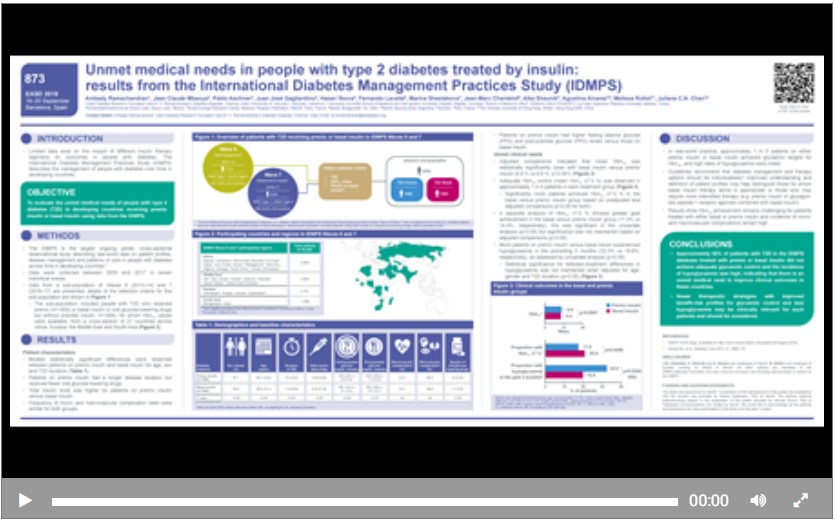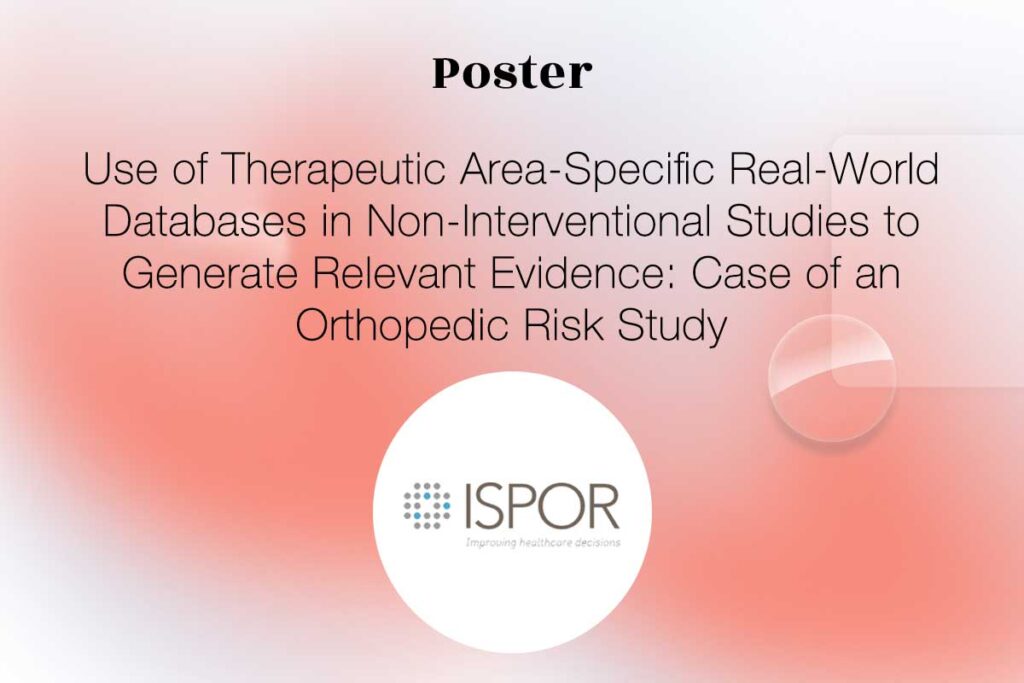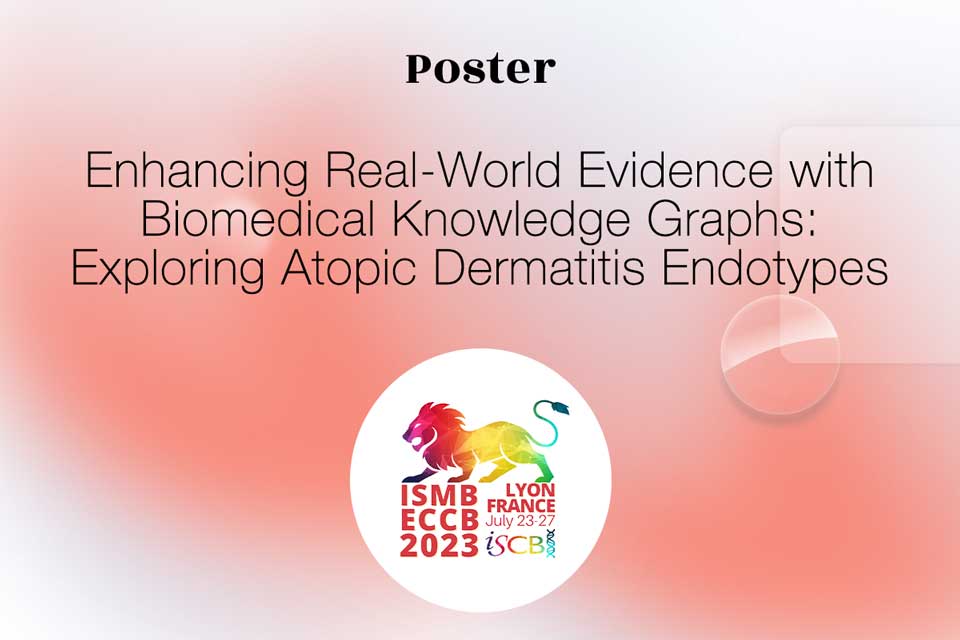Publisher: European Association for the Study of Diabetes (EASD)
Authors: A. Ramachandran, JC. Mbanya, P. Aschner, JJ. Gagliardino, H. Ilkova, F. Lavalle, M; Shestakova, J-M. Chantelot, A. Shaunik, A. Alvarez, M. Rollot, J. CN Chan
Date: 28 April 2020
CONFERENCE/VALUE IN HEALTH INFO:
233 SPRING ST, NEW YORK, NY 10013 USA: SPRINGER.
DIABETOLOGIA, Volume 62, pp. S425-S425, ePoster #873 (2019)
Abstract
Background and aims:
Limited data exist on the impact of different insulin therapy regimes on outcomes in people with diabetes. The current study describes the unmet medical needs of people with type 2 diabetes (T2D) in developing countries receiving Premix or basal insulin.
Materials and methods:
The IDMPS is a global cross-sectional study describing the management and patterns of care of people with diabetes across time in developing countries. From 2005 to 2017, data were collected in seven individual waves. Data from Waves 6 (2013-14) and 7 (2015-16) are presented, including 1454 people on Premix and 1484 on Basal insulin (BI) from Africa, South Asia, Eurasia and the Middle East.
Results:
Slight statistically significant differences were observed between people on basal insulin (BI) and on Premix for age (59.5 vs. 58.7 years) and gender (53.8 vs. 57.7%). People on Premix had a longer disease duration (13.3 years for Premix vs 11.9 years with BI; p<0.05) but received fewer oral glucose lowering drugs (mean: 0.9 vs. 1.7 [p<0.05]). Total insulin dose was lower for people on BI vs Premix (0.33 ± 0.18 vs. 0.58 U/kg ± 0.28; p<0.05). Micro-/macrovascular complication rates were similar for both study groups. People on Premix displayed higher fasting plasma glucose (FPG) levels (158.8 mg/dL or 8.8 mmol/L vs. 146.7 or 8.1 mmol/L) and post-prandial glucose (PPG) levels (209.2 mg/dL or 11.6 mmol/L vs. 192.3 or 10.7 mmol/L) vs. BI (p<0.05). Adjusted comparisons showed that HbA1c was inadequately controlled (i.e. HbA1c >7 %) in both treatment groups (Table). A similarly high proportion of people displayed poor glycaemic control in both Premix and BI groups (82.5 vs. 79.2%). More people on Premix experienced hypoglycaemia symptoms in the preceding 3 months vs. those on BI (32.5% vs. 19.8%).
Conclusion:
In real-world practice, few people on premixed or basal insulin reached individualized glycaemic targets for HbA1c, FPG or PPG, and high rates of hypoglycaemia were noted. These data illustrate a high unmet medical need with insulin therapies and indicate a need for newer therapeutic strategies with better benefit risk profiles for glycaemic control and less hypoglycaemia. Further research on the profile of T2D could help identify patients appropriate for BI, Premix or the new fixed ratio combinations.









